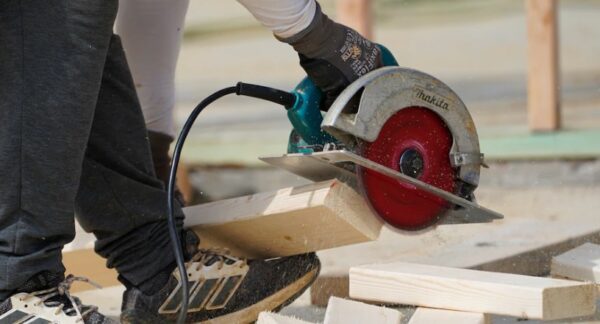Washington Post nationally syndicated personal finance columnist Michelle Singletary recommended to one of her readers this week that she consider a reverse mortgage to help finance home improvements.
The woman is single and 62. No children. She’s retired. She owns her home outright, and it’s worth approximately $520,000. She has about $350,000 in retirement funds spread across bank accounts, mutual funds, 401(k)s, 457s, and IRAs. But this money has to last throughout her retirement years.
After explaining why a Home Equity Line of Credit (HELOC) wouldn’t be ideal in today’s rising interest rate environment, Singletary said there may be state and local programs that could assist with home repairs, but then she asked the woman if she had considered a reverse mortgage.
“I did think about a reverse mortgage, but wouldn’t I be obliged to stay in my home for the rest of my life?” she asked Singletary.
The columnist explained that the home can be sold, at which point the loan would need to be repaid. Singletary further noted that a reverse mortgage doesn’t require a monthly payment like a HELOC would, and it works best for people who want to live in their home for a long time. The reader responded, “I believe I could age in place at this house. My family has lived in this home for 52 years, and it is perfect for a senior citizen.”
Singletary summarized how a reverse mortgage works, the payment plan options and qualification guidelines. “A reverse mortgage wouldn’t be a bad option,” says Singletary. “She could use the loan to get rid of her credit card and student loan debt and make the repairs she wants.” Read the full story.
